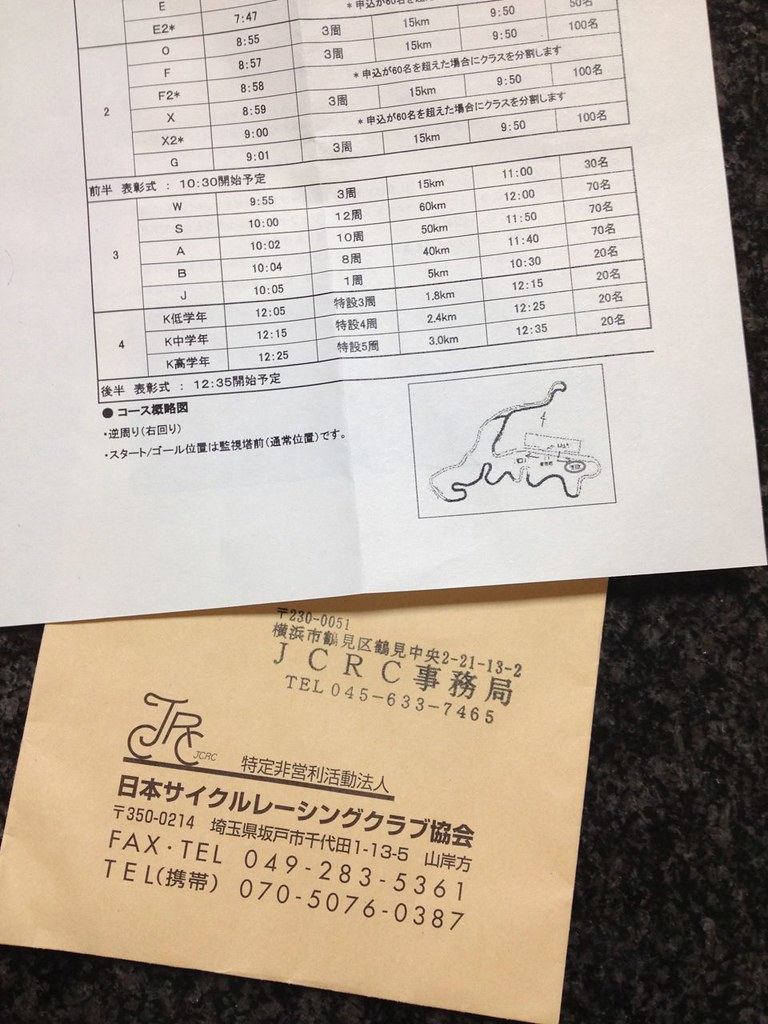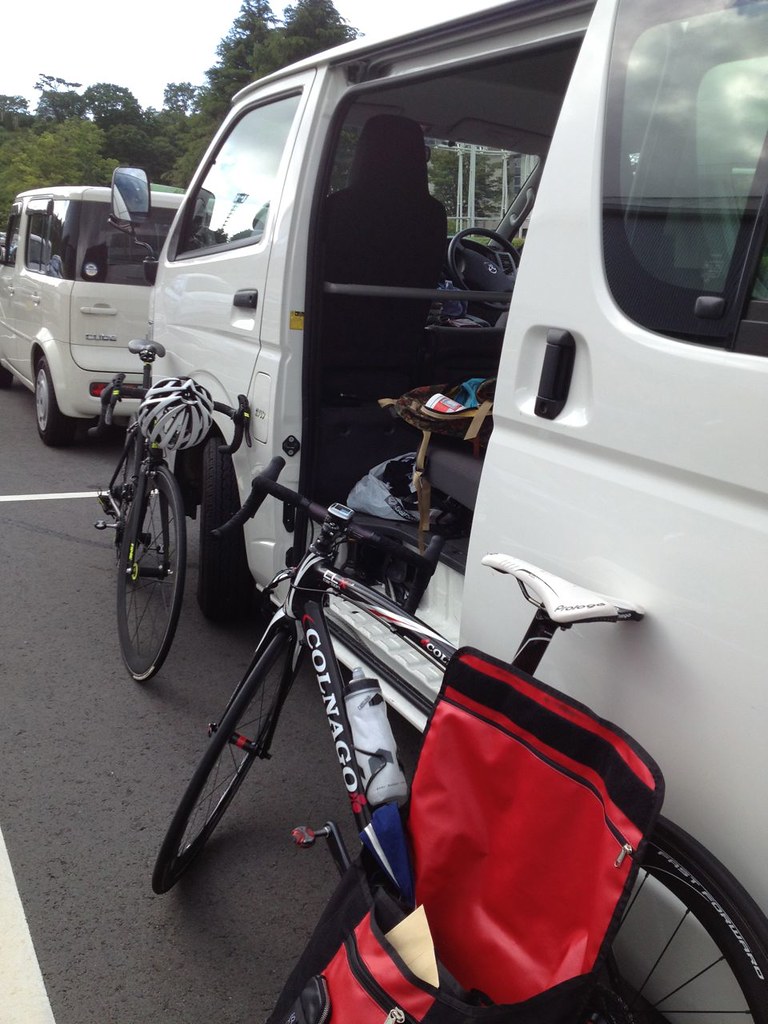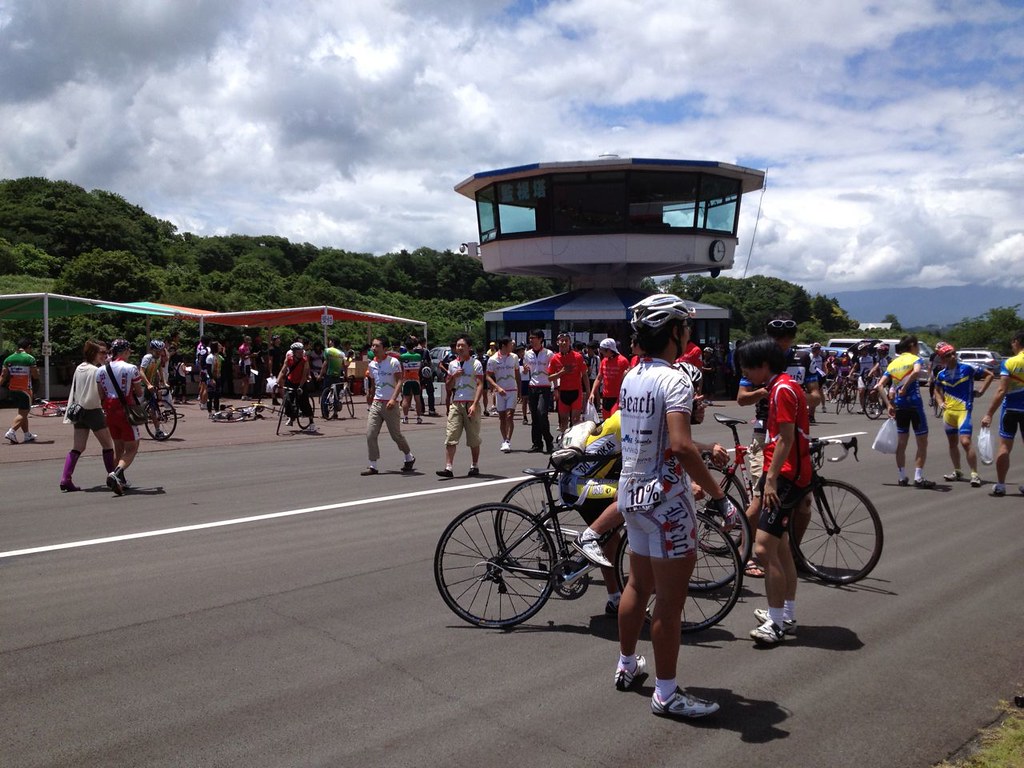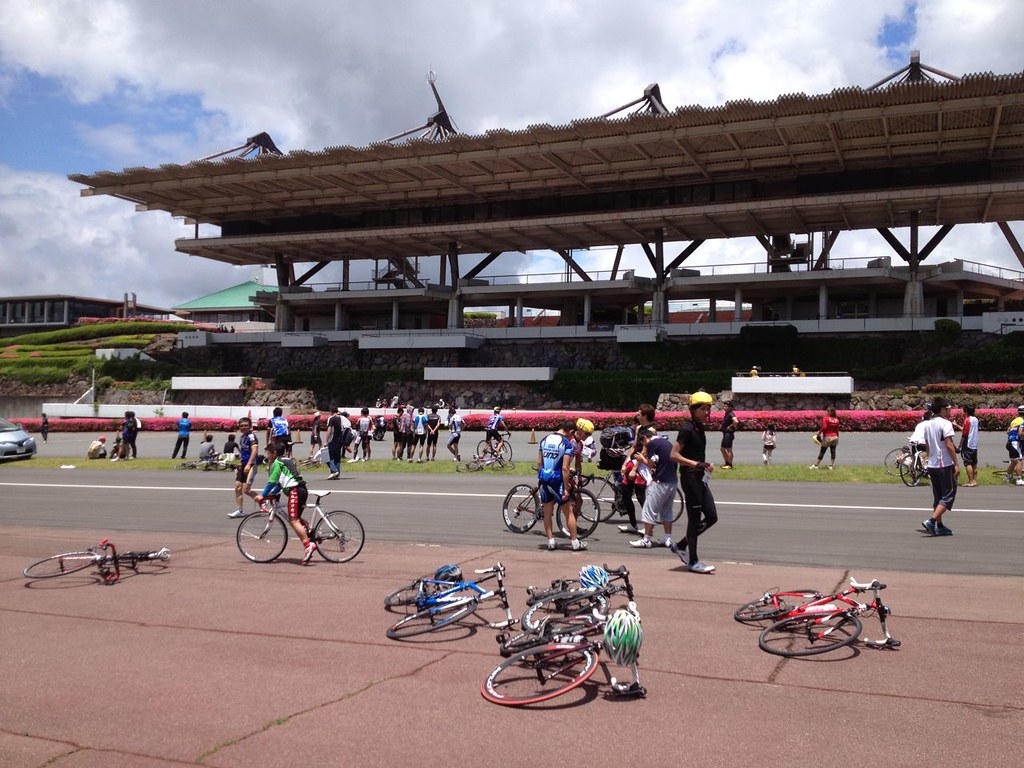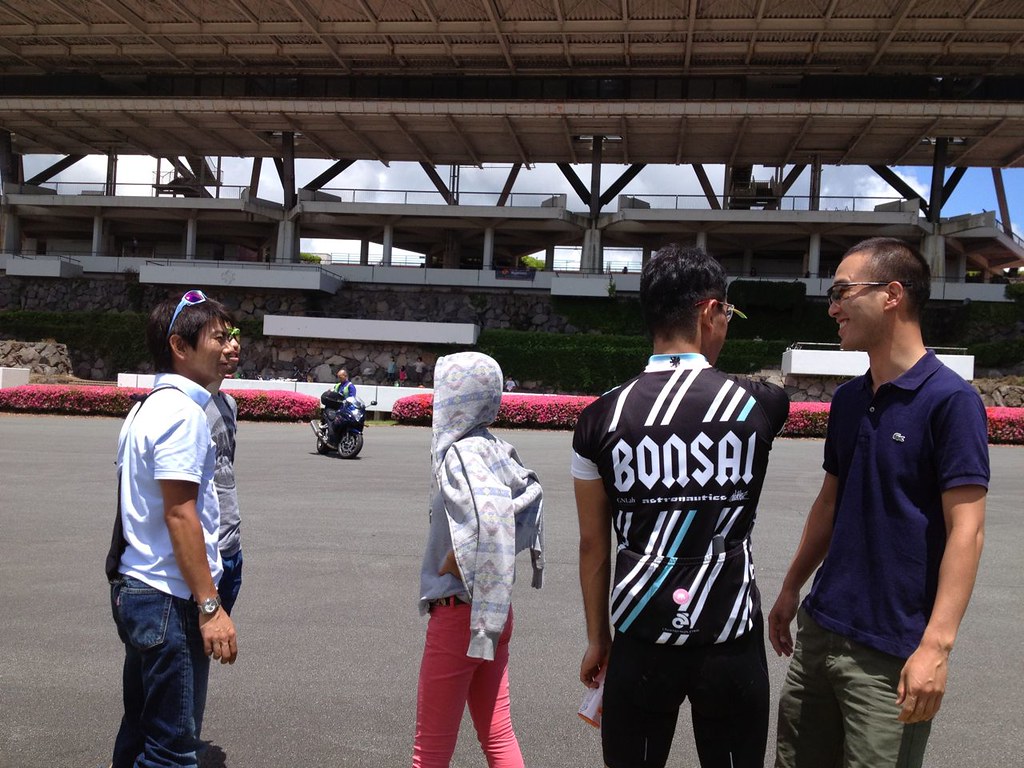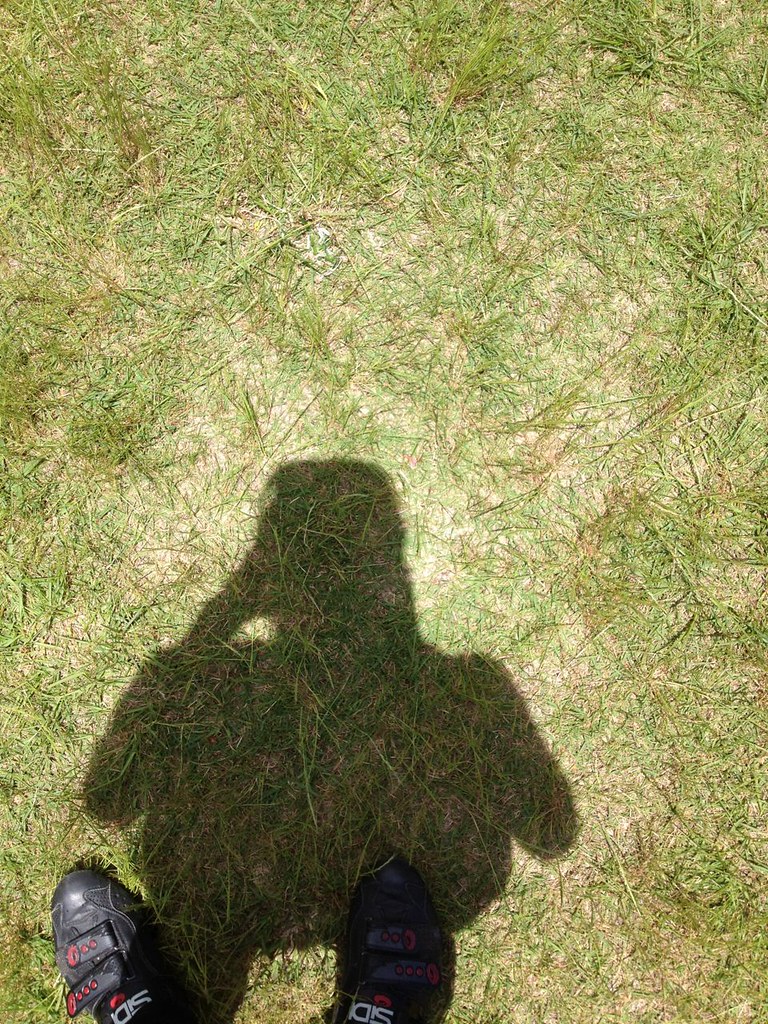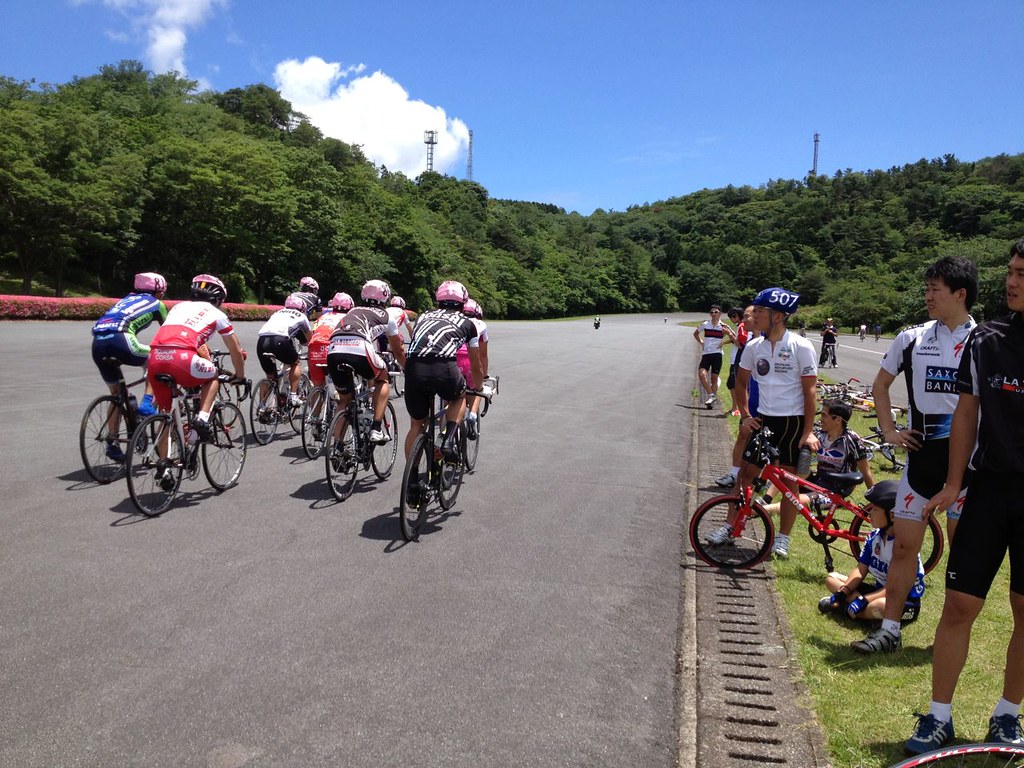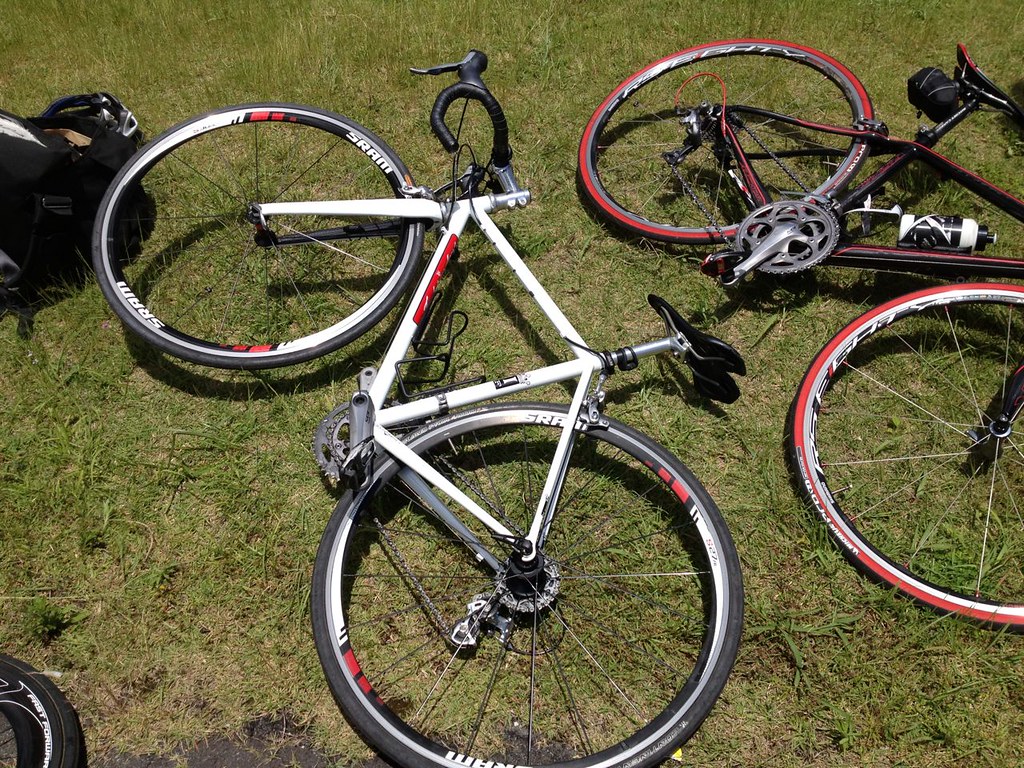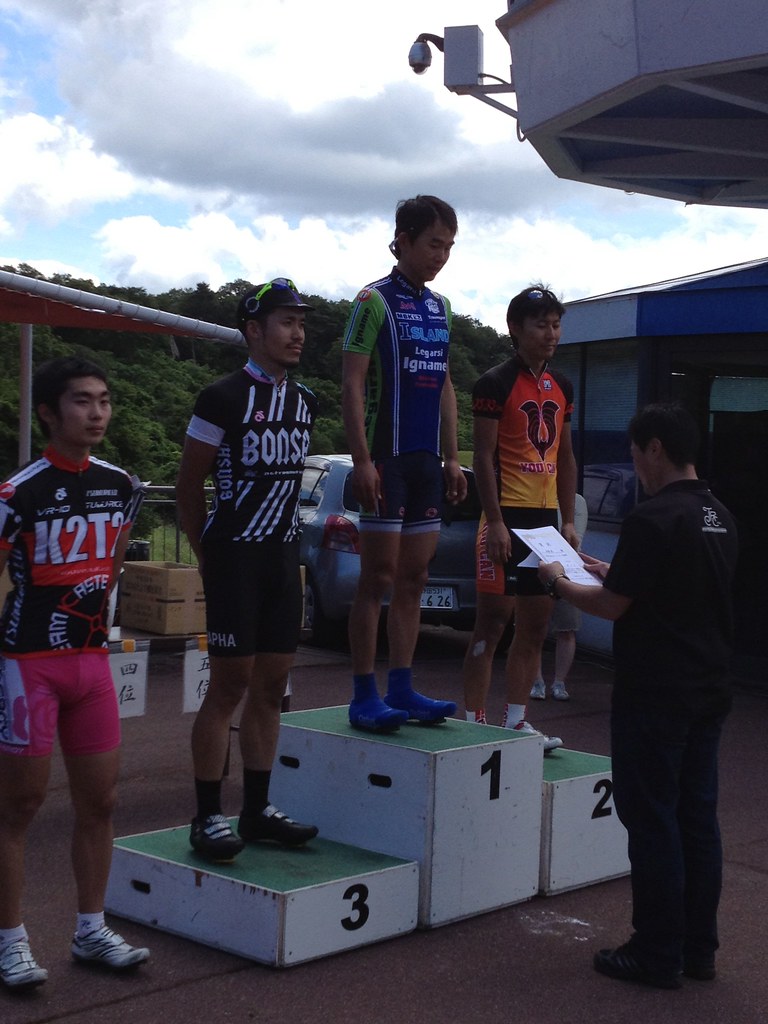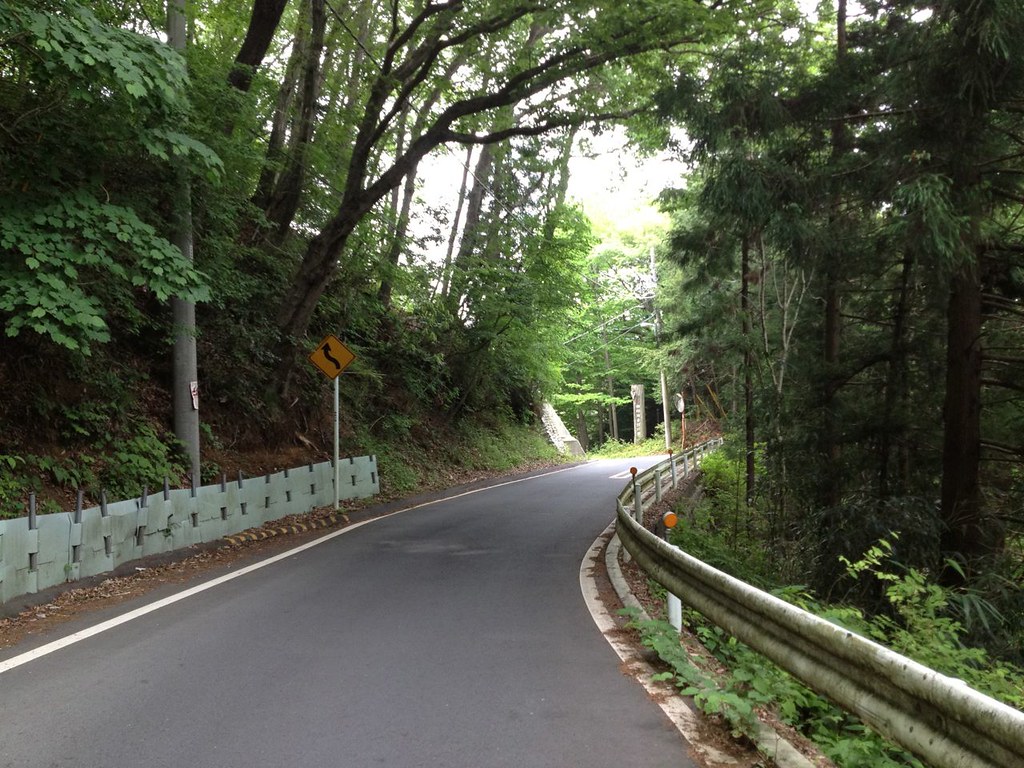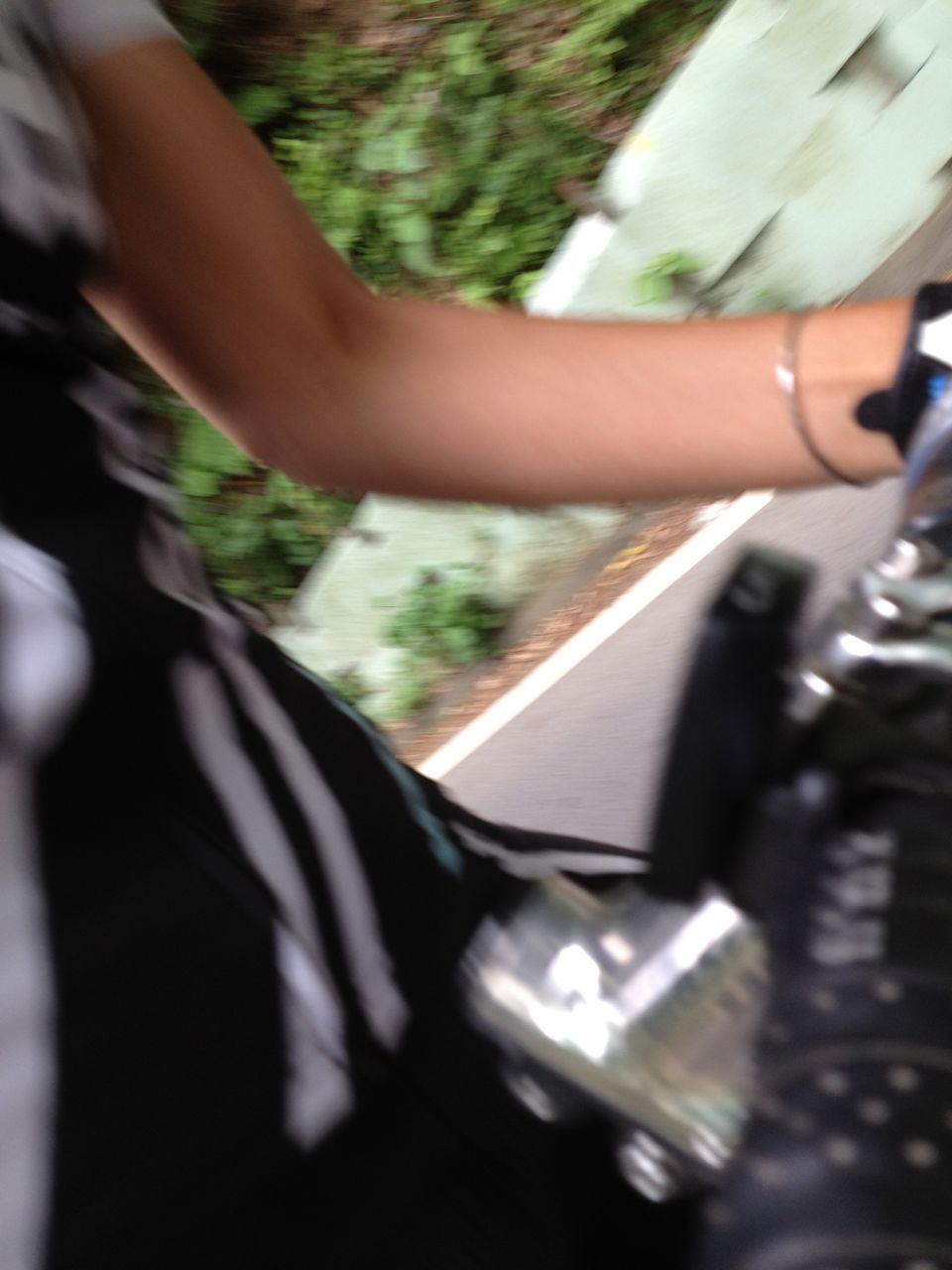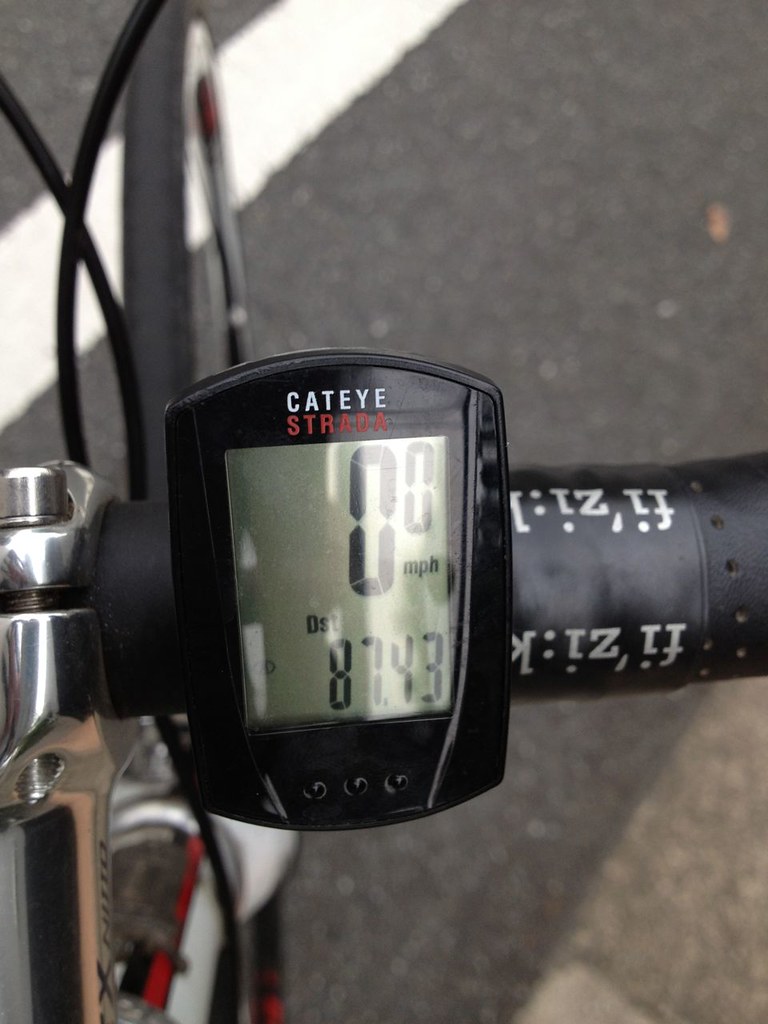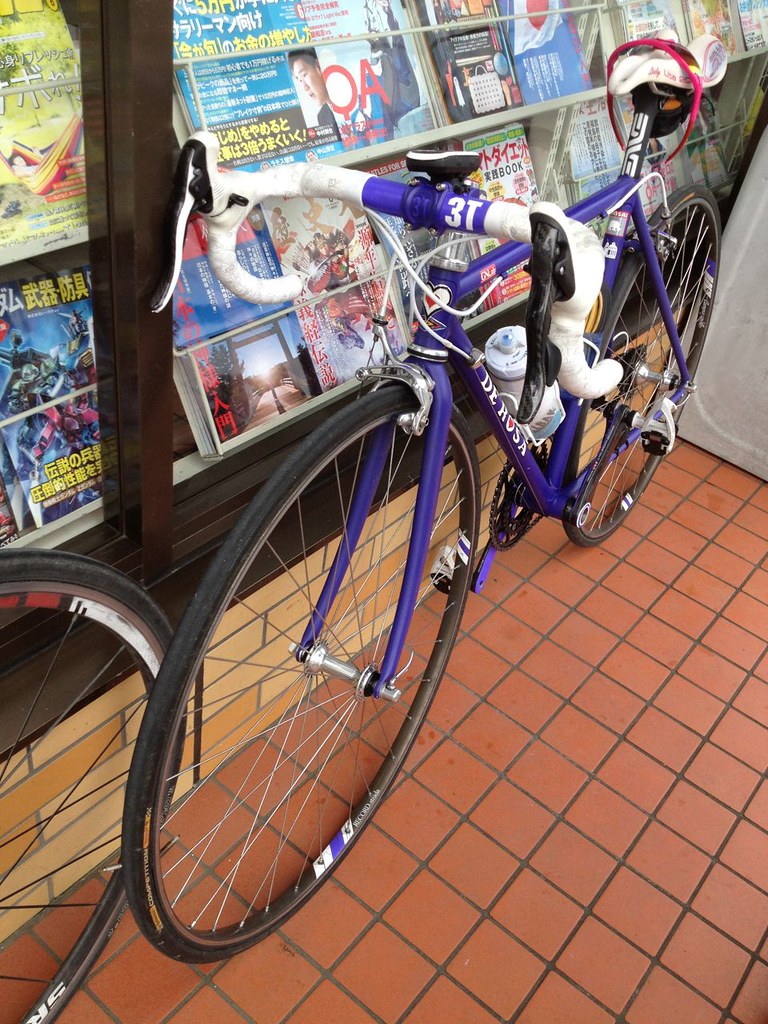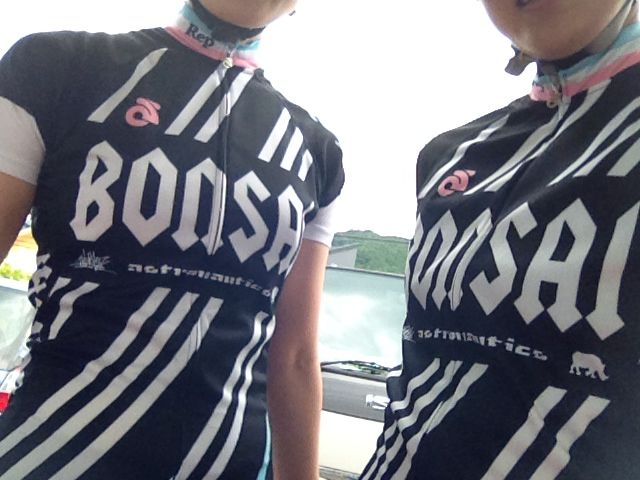There are two events from my childhood – The Eraser Event and the Clothespin Experiment – that stand as testaments to my mother’s temporary sadism and healthy sense of humor. Both were masterminded, executed, then promptly forgotten, though my sister and I remember the former [the more traumatic of the two which will have to be shelved for another day] with lingering horror. The latter was a personal experiment that started with a causal comment that my mother had always been self-conscious of, and unhappy with, her nose.
“But why?” I asked.
“Because it’s too small. I wish it were taller. I’ve always wanted a taller nose,” she said.
By “taller,” she meant pointier, with a proper/extant bridge. Something that could hold up glasses and Ray Ban Wayfarers without additional support. A common complaint among Japanese women, my eyes widened at the thought of being cursed with a similar fate.
“I want a tall nose when I grow up,” I said.
“Maybe if you put a clothespin on it for a long time, your nose will get pointier,” my mother replied.

I immediately canceled plans to run around with my sister, play with my toys, or watch TV, and spent the rest of the afternoon sprawled on the couch with a plastic clothespin firmly attached to my face. Every few minutes, I’ll have to detach the pink clothespin, its gripper-like textured ends leaving marks on either side of my nose, to allow the blood to flow back into the most three-dimensional part of my face. Those brief moments felt like cheating, and thoughts of suffering a stunted, smaller nose later in life kept the clothespin in place. I stuck it out for the afternoon.
Needless to say, I, like most Japanese people, still need to have extra plastic pads fused onto the nose pieces of my glasses, avoid situations that require safety glasses that are not of the goggle type, and cannot find sunglasses to save my life. When I do come across that rare pair that doesn’t need further elevation to stay up near my line of vision, I am tempted to buy them up in bulk for the day when my current pair will inevitably get crushed, lost, or left at an unsavory ex-boyfriend’s house.

The lack of sunglasses – though it limited my potential Marla Singer mystique – wasn’t such a glaring problem until I started cycling. Fortunate enough to require glasses, it wasn’t until I wore contacts one day and ended up sucking a wheel through some sand that I realized exactly why sunglasses are on the list of “stuff you need if you’re going to be riding a bike.” Yet no matter how many times I stared down the same pair of Jawbones, they never shrank to fit my face, and my nose refused to grow into them.
“So try the Asian fit,” Josh suggested.
Apparently designed with the flatter face in mind, it seemed like the perfect solution…except that they had to be special-ordered. Stores didn’t usually carry them, and if they did, not all the Asian fit models would be in stock. This didn’t make sense to me, given the herds of Chinese and Japanese tourists who always seemed to be within my general vicinity. Their existence within Oakley stores also proved confusing: if none of the glasses fit our flat faces, what in the world were they doing there?
I never figured that one out, but upon returning to Tokyo, I found that some ingenious marketing person had slapped an extra plastic nosepiece onto nearly every pair of Oakley’s sold in Japan, thereby rendering every model capable of fitting the Asian face. The “Asian fit” distinction no longer applied; every model that had previously required the rare Asian gift of an actual bridge was suddenly up for grabs, even to those who hadn’t had the foresight to suffer through an afternoon with a clothespin on their nose.

Oakley, however, failed to account for my chipmunk cheeks. Now, most of their frames sat higher on my face, but my cheeks would press against the lenses like a frat boy’s bare ass on a Xerox machine. Smiling was impossible; facial expression remained detrimental to any semblance of pro. Meanwhile, my muscular cheeks [the ones on my face, that is] could elevate whole Oakley frames.
My mother probably would have encouraged the facial workouts for anti-aging purposes [although I’ve since become hesitant to take any of her facially-related advice], but strong cheeks and smoother skin weren’t going to do anything for the tablespoons of dirt that I’d scrub out of my eyes after every ride. Having given up on Jawbones and Radars like that guy friend you’d happily marry if his personality wasn’t so repulsive, I sought out Oakley’s frame with the smallest lenses: the Flak Jacket.

Streamlined and small enough to prevent overwhelming a smaller face, the Flak Jacket does what no other pair of Oakley’s has managed thus far: it leaves millimeters of space between the lenses and my cheeks. Happiness, excitement, and suffering are all capable of expression underneath this svelte frame, even if you happen to be Asian. It’s not the ubiquitous model of the pro peloton, but that distinction makes it the more unique choice while the Oakley brand stays true to classic pro chic. If being different isn’t your thing, well, they’re close enough to let you channel a little Sylvian Chavanel when you’re getting properly Cancellara-ed.

Oakley’s being what they are, though, there is nothing Marla Singer about these shades. With these on, I’m more likely to be mistaken for Ultraman or a monochrome bee, not the personification of mysteriously sexy. I understand, too, that unless I’m attending a BBQ with a bunch of bros, when I’m off the bike, my Flak Jacket should stay dutifully tucked into its black, slightly yonnic case. My social calendar is, sadly, currently lacking in these types of culinary events with paragons of alcohol-infused, alpha-masculinity. I am, however, still actively resisting the urge to buy up a few extra Flak Jackets to put on ice. You know, just in case.
“Look at my new sunglasses,” I said to my mother a few days post-purchase.
She looked at me for a few seconds with the usual expression of incomprehension when I seem excited about something that either doesn’t make sense or looks ridiculous when not paired with a bicycle.

“…They’re for biking,” I muttered. “I finally found a pair that fits my face. Because putting a clothespin on my nose didn’t make it any taller. Remember that?”
“No.”
“You suggested it.”
“I did?”
“Yeah, and it hurt so bad.”
“Well, you got the best nose out of all of us,” came the reply, “you should be thanking me.”
“Right,” I said, as I pulled off my new Oakley’s and settled my normal glasses back in place. I peered into the mirror pretending to adjust the plastic frame, but actually wondering how obvious the extra plastic nose pads were, “…thanks.”



